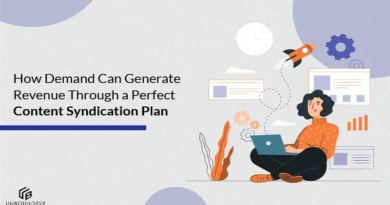Turning Insight into Impact: Elevating Your ABM Strategy Through Data-Driven Learnings
Turning insights into action is one of the most critical yet often overlooked stages of Account-Based Marketing (ABM). After investing considerable effort in identifying target accounts, crafting personalized campaigns, and executing multi-channel engagement strategies, the post-campaign analysis becomes the foundation for continuous improvement. This phase is where data transforms into strategy — allowing marketers to refine targeting, messaging, and execution to drive even greater results in future initiatives.
In ABM, every campaign offers a wealth of data across touchpoints, from engagement rates and content interactions to pipeline acceleration and deal influence. However, success lies not merely in collecting this information but in interpreting it with clarity. Post-campaign analysis should focus on understanding how different channels and tactics contributed to account engagement and business outcomes. This involves looking beyond surface-level metrics like clicks and impressions, instead analyzing account-level insights such as buying committee engagement, deal velocity, and influenced revenue. These indicators reveal the true impact of ABM on organizational growth.
A strong post-campaign review also uncovers gaps in alignment between marketing and sales. For instance, were the right decision-makers engaged? Did sales teams effectively follow up on marketing-driven opportunities? Did the campaign messaging resonate with the target audience’s current challenges? These questions help teams uncover friction points that can be addressed in future strategies. The ultimate goal is to turn raw insights into actionable learnings that strengthen collaboration, precision, and performance.
Advanced analytics, intent data, and AI-powered dashboards now make it easier than ever to visualize the customer journey across channels. By analyzing which accounts showed the highest engagement or converted fastest, marketers can identify winning patterns and replicate them at scale. Likewise, understanding which content or messaging failed to resonate provides opportunities to recalibrate future creative strategies.
Post-campaign analysis is not just about measuring success — it’s about evolving. The insights gained serve as a feedback loop that powers continuous optimization, helping teams become more agile, customer-centric, and data-driven. In a competitive ABM landscape, organizations that effectively turn insights into action will not only enhance ROI but also build stronger, more meaningful relationships with their most valuable accounts.




